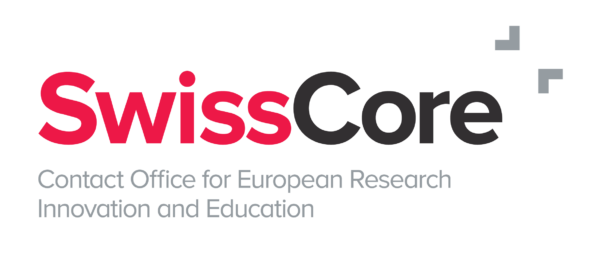Empirical insights on the status of the EU’s open strategic autonomy show vulnerabilities in the digital sector, mainly concerning AI and big data.
The European Commission’s Joint Research Centre (JRC) published a report on the assessment of open strategic autonomy. The report aims to help increase the EU’s open strategic autonomy (OSA) by providing data that helps monitor and essentially achieve OSA in the domains of innovation and production. It also operationalises the concept and provides empirical insights into the current situation.
OSA is a concept often used in the context of EU policy, reflecting the balance between self-reliance and multilateral cooperation. Strategic autonomy describes the capacity of the EU to act autonomously in strategically important policy areas, such as security, technology, and the economy. The term ‘open’ emphasises the EU’s commitment to maintaining strong ties and collaboration with other countries and global partners. The term has gained relevance in recent years due to rising geopolitical tensions and strains on the global value chain. Further, one of the Belgian Presidency programme priorities in research and innovation (R&I) evolves around this concept, stressing the importance of R&I in strengthening the EU’s OSA. Related to the topic, R&I stakeholders such as the European University Association (EUA) and the European Association of Research and Technology Organisations (EARTO) published position papers on research security as a response to the European Commission call for evidence on ‘boosting research security in the EU’, which was open until 3 January 2024.
While previous studies have looked at how to best balance industrial competitiveness and OSA, this report’s objective is to contribute to the operationalisation of OSA by developing an empirical concept to measure it and finally provide political intelligence. The paper proposes a two-dimensional ‘OSA index’. One dimension refers to innovation autonomy, meaning all aspects relating to knowledge creation. Economic autonomy makes up the other dimension, including aspects in connection with value creation and production. Innovation autonomy is determined by the influence that outside stakeholders have on innovation processes in Europe. Economic autonomy in industry is determined by material and production dependencies in global value chains. Moreover, there are two levels of analysis in this report; one includes entire industrial ecosystems, whereas the other level of analysis concerns specific technologies.
The report’s main findings underscore the vulnerability of OSA, primarily at the specific technologies level. The digital sector shows obvious vulnerabilities, most prominently with AI and big data and mostly related to China. The entire industrial ecosystems level, except for the digital sector, currently exhibits less risk. The analysis further indicates that this stability at the ecosystem level may be provisional. Challenges also exist in biotechnology, the Internet of Things, and advanced materials, where the EU depends on currently considered friendly and mostly reliable partners like the United States and Japan. If these countries were, however, to become more risky partners, the EU’s OSA could be threatened. The report distinguishes material dependencies from external control and highlights the complexity of autonomy and dependency relationships, revealing a multidimensional landscape with dependencies in various domains – for example, non-EU intellectual property in agri-food or comprehensive reliance on material imports in the textile sector.
The report concludes that enhancing strategic autonomy for the EU should not involve isolating from external interactions but rather necessitates a conscious structuring of international relations to avoid risky concentrations. The combination of external reliance, concentration on a few partners, and associated risks contributes to vulnerability. The decreasing presence of European stakeholders in international fora may be part of the problem rather than its solution. Lastly, the report highlights the need for vigilance in maintaining OSA, extending beyond economic aspects to include governance and financing of industrial innovation.

